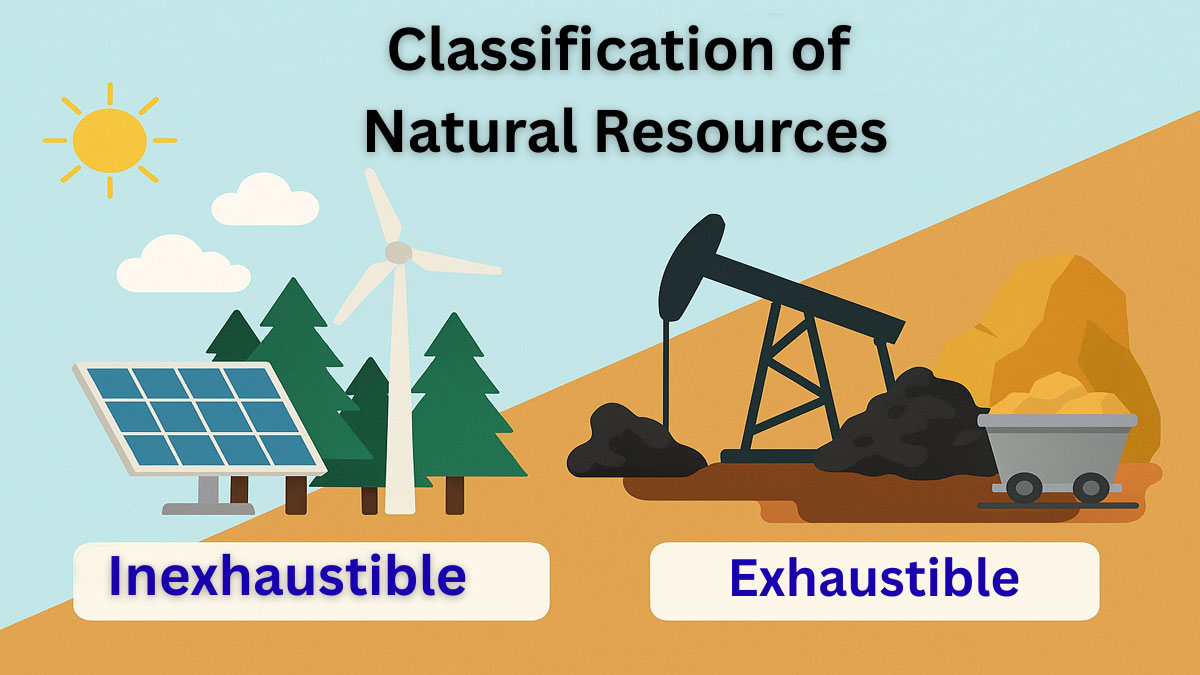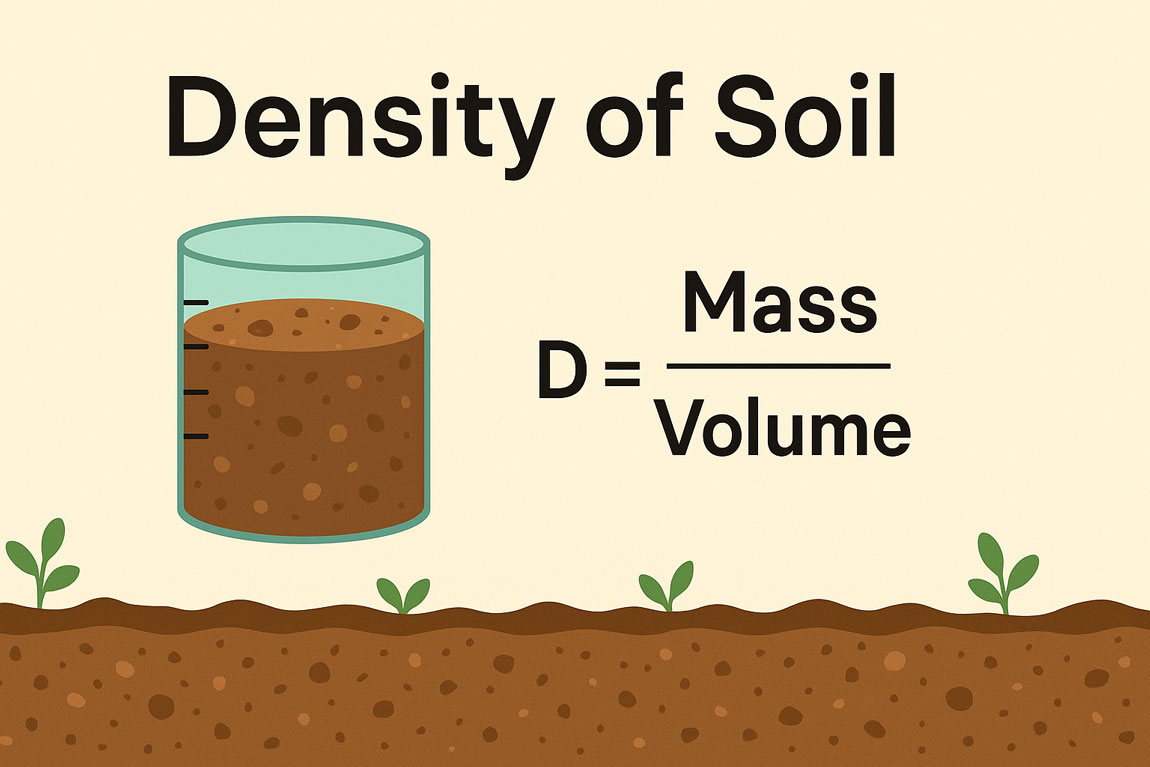- What is fossil.
- Where are fossils found.
- Types of fossils.
- Conditions of fossilization.
- Fossilization process.
What is a fossil?
Any remains, trace, or imprint of a plant or animal that has been preserved in the earth’s crust (mainly sedimentary rock) since some past geological time called fossils.
Fossil found:
Fossil remains of organisms occur in layers of sedimentary rocks (rocks formed when a mineral matter is settled out of air, ice, or water).
The organisms that are now fossils were alive when the rocks were being formed.
They were buried and preserved as the layers of rock piled up.
Types of Fossil
Molds and Casts:
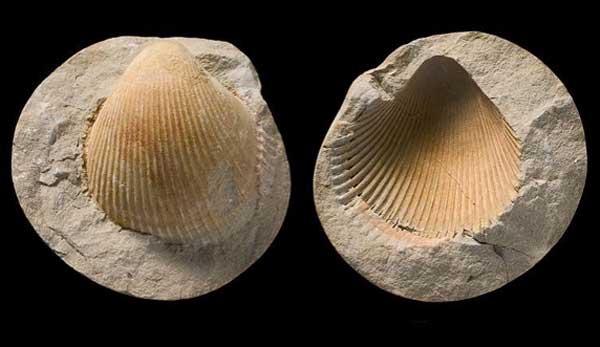
● A mold forms when something is pressed into soft mud and removed by decomposition or pulled out, leaving an impression of the object.
● A cast is a 3-D representation of an object from the past. It is created when a mold fills up with sediment that hardens.
Trace fossils:
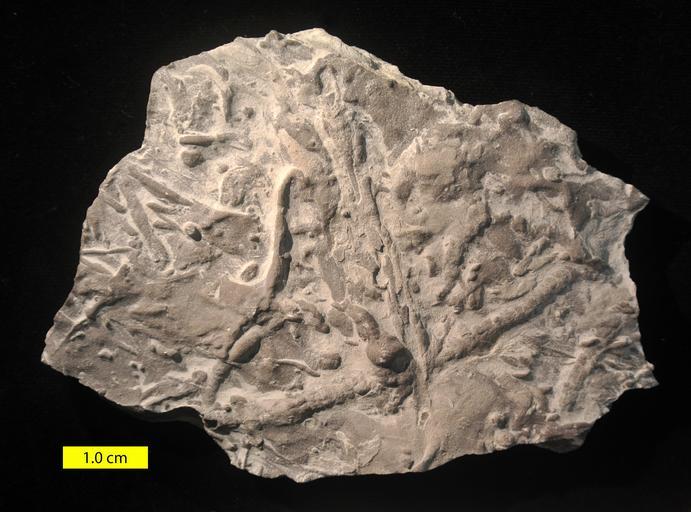
fossil evidence of some behavioral activity of an organism. e.g., Burrows, footprints, dwelling structures.
Body fossils:
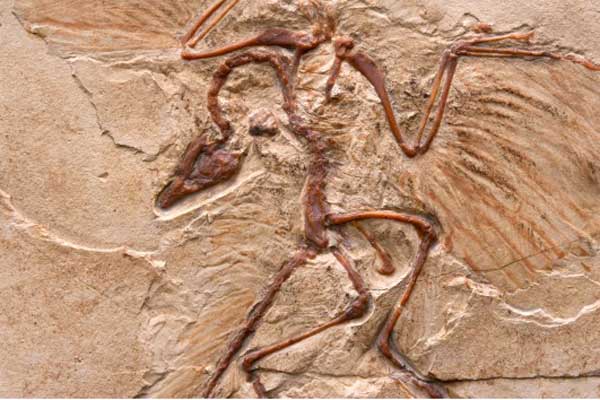
fossil preserving all or part of the body of an organism. Soft parts are not normally preserved, body fossils normally preserve the skeleton.
Unaltered remains (Encasement):
the isolation of the dead organism from the environment by a protective encasement.
- Tree resin (sap) can cover small insects, entirely and harden to protect the insect from destruction.
- Amber is fossil tree resin and can preserve insect fossils intact.
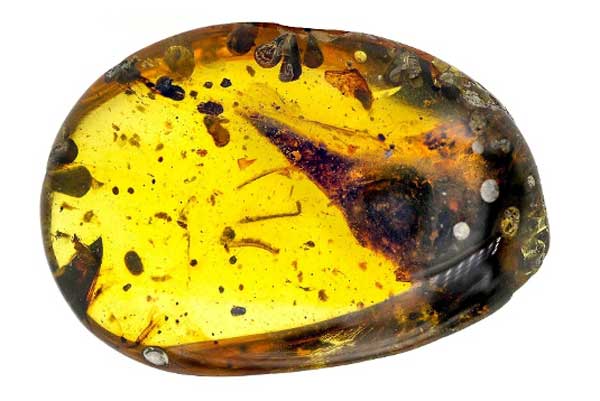
- Ice can also encase fossils.
- Cold temperatures also keep soft tissue preserved in its original state (no decay).
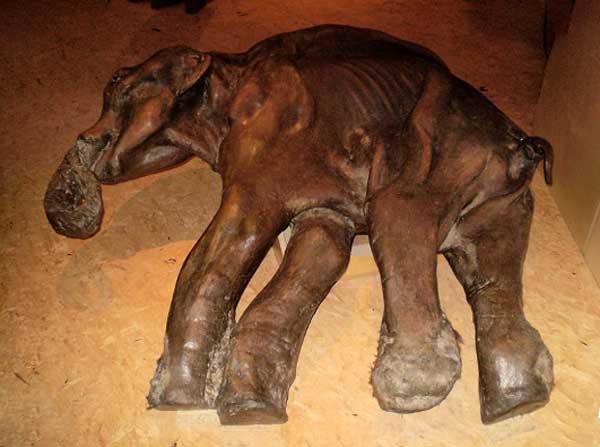
- Mammoth elephants that lived during the last glaciation have been discovered frozen in permafrost.
Conditions of fossilization:
Important factors that enhance the likelihood of fossilization:
- Hard parts: internal or external skeleton (shells; termed exoskeleton).
- Rapid burial: removes remains from the surface where they can be destroyed by predators or currents.
- Abundant individuals: the more organisms the more likely that one of them will be fossilized.
Fossilization process:
The process by which the remains of an organism are turned into a fossil. It is unusual for organisms to be preserved complete and unaltered; generally, the soft parts decay and the hard parts undergo various degrees of change.
Replacement: fossilization by the solution of original skeletal material and simultaneous precipitation of new minerals from solution.
Replacement can commonly preserve the delicate original skeletal structure.
Carbonization: the preservation of a thin layer of carbon as the only remains of organic material. A means of preserving soft tissue such as leaves and wood.
Coal is an extreme example of carbonization.
petrification: fossilization by the precipitation of minerals into the void spaces of the skeletal structure. Petrification means “to turn to stone”.
Common minerals include calcite and quartz that precipitate out from the pore waters passing through the sediment.




